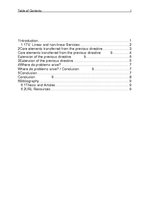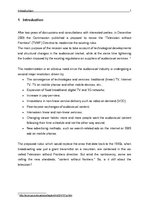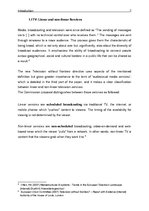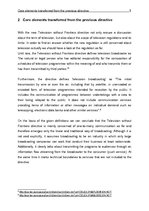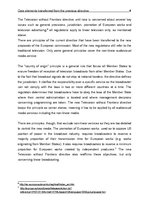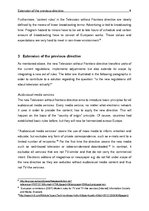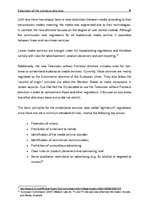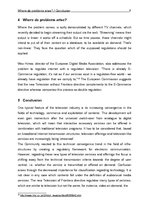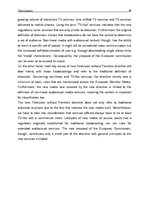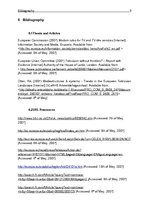-
Television without Frontiers 3.0
Értékelve.
Szint:
Főiskola/egyetem
Irodalom:
10 egység
Referenciák:
Használatban
Küldés e-mailben
Az Ön neve:
Adja meg az e-mail-címet, amelyen meg szeretné kapni a linket:
Üdv!
{Your name} szerint érdemes lehet megtekinteni ezt a dokumentumot az eKönyvtárban „Television without Frontiers 3.0”.
A dokumentumra mutató link:
https://www.ekonyvtar.eu/w/480118
A dokumentumra mutató link:
https://www.ekonyvtar.eu/w/480118
E-mail elküldve

